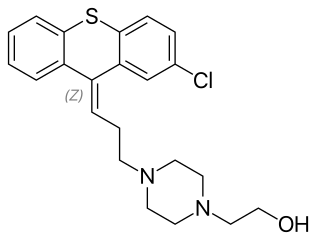washingtonbound
Bluelighter
Hi all, just writing in cause I’m hoping to get some insight on some medications I’ve received involuntarily. After having my first psychotic break in 2014, I’ve had several other involuntary psych hospital visits, primarily attributed to my insistence to continue recreational use of lsd and ketamine. Anyway, as the “mania,” or whatever label you want to call it escalated, I received stronger backlash from doctors. I have been forcibly injected to date with at least six or seven chemicals that I did not even know existed. Anyway, after looking up the molecular formula for a few of these I noticed a pattern: adjoined carbon, iron, and nitrogen molecules. I will see CIN in the formula, like this: C17H19(ClN)2S or this: C22H25(ClN)2OS Sometimes I will see fluoride, like in a long term haldol injection I received a year ago C21H23(ClFNO)2
Those are a few examples of shit I have been shot with, can someone with a more in depth chem/neuroscience background explain to me what means if CIN together in a formula? Is there something about that kind of molecule that has a particular effect on the brain? Cause I’ve only noticed it with anti psychotics.
Thanks.
My knowledge on this stuff is limited so I hope I conveyed my question clearly.
Those are a few examples of shit I have been shot with, can someone with a more in depth chem/neuroscience background explain to me what means if CIN together in a formula? Is there something about that kind of molecule that has a particular effect on the brain? Cause I’ve only noticed it with anti psychotics.
Thanks.
My knowledge on this stuff is limited so I hope I conveyed my question clearly.






